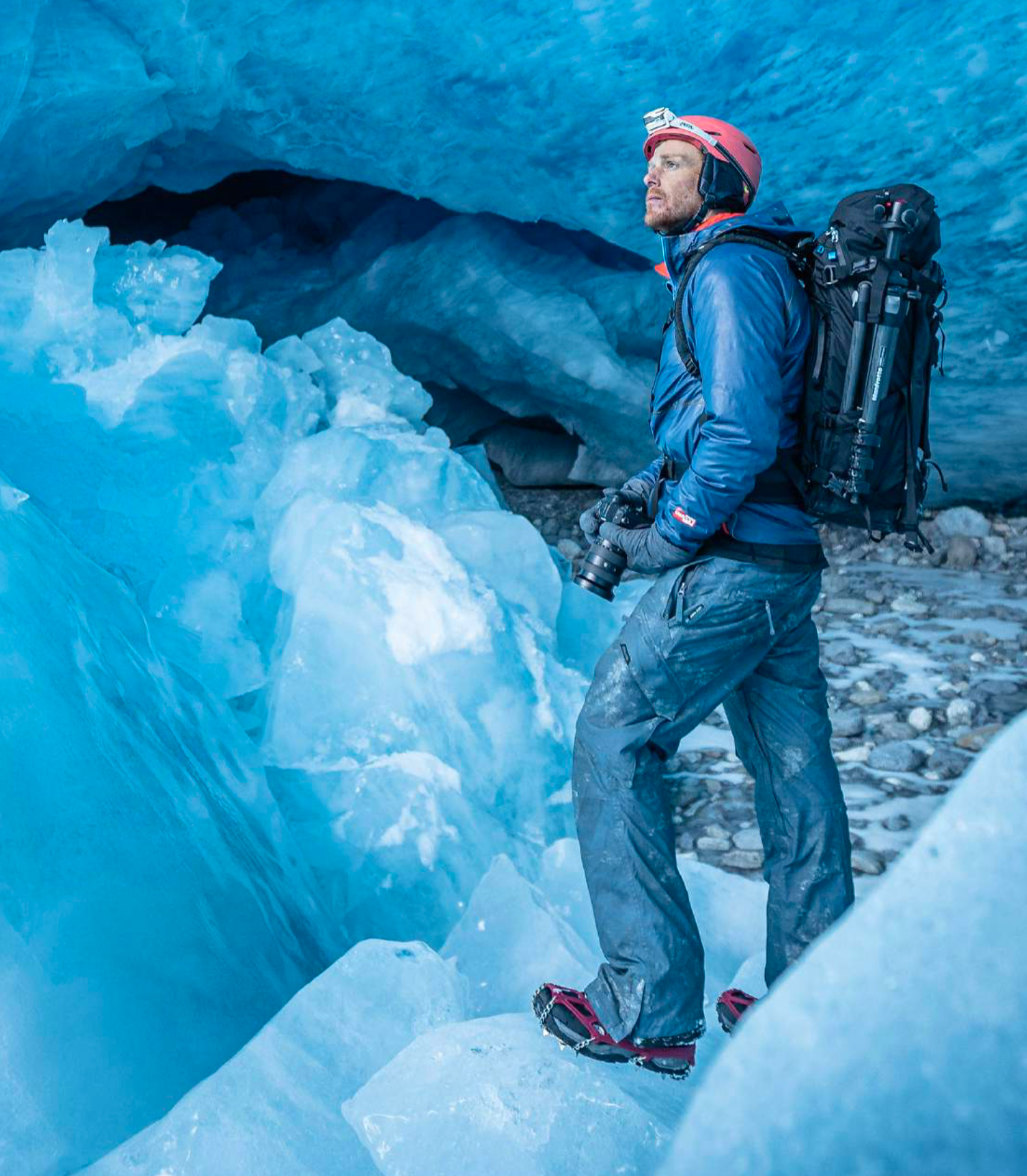
A long weekend in Helgoland
A trip with wildlife photographer and NYA-EVO ambassador Andreas Hütten
Helgoland is a small archipelago in the North Sea and a part of the German state of Schleswig-Holstein since 1890. Helgoland is the furthest island from land located in the North Sea. It is around 50 kilometer offshore from the German mainland (all other German islands are very close to the coast). It takes around 2 hours by boat to do the 50 kilometers.

Every year Andreas goes several times to visit Helgoland and if you are lucky enough to secure a place you can join him for his next workshop as he usually only brings four participants to make sure he leaves enough time for one on one time. You can find more info on his tours at the bottom of this article.
Helgoland offers great photo opportunities all year round in any season. In the spring the Northern Gannets arrive and stay until fall to breed and raise their young. Also, Guillemots and other sea birds are around to photograph from "Bird Rock" located in Lange Anna part of the island.

But according to Andreas, the most exciting time to visit Helgoland is in the beginning of December when the gray seals give birth to their young in the dunes. During the year 2016/2017 a record birth of 350 baby seals was recorded! Many grey seals are literally scattered all over the island. In some places you have to take care not to accidentally trip over one (can you imagine!). The white fur cubs and their moms offer an amazing spectacle to observe and photograph. This is mother nature at is best!

In addition to the baby seals being born and nurtured by their mothers, occasionally you can witness the first territorial fights among the male seals. Who thinks these animals are just lazing around is wrong! It is therefore important to keep a safe distance of around 30 meters from the animals and all times not to disturb or scare them.

During Andreas' workshop, you will learn about various techniques of animal photography. Which perspective makes sense? Which camera setting is required for which photo? These and other questions will be answered with Andreas in practice as well as an in-depth discussions at the end of the shooting day.
When to get there?
The best time of the year is from spring to fall for photographing the Northern Gannets breeding and bring up their young. In the beginning of December the seal birth is in full swing. Be reminded that starting fall and into winter the weather can get quite stormy and rough so be prepared.
How to get to Helgoland?
There are numerous there are multiple connections with the Reederei Cassen Eils. You can travel from Hamburg, Cuxhaven and Büsum. Andreas takes the boat from Cuxhaven. The ferry takes about 2 hours to reach Helgoland from Cuxhaven.
Which animals can be seen?
Two species of seal can be photographed:
- The grey seal (Halichoerus grypus): can grow a little more than 3m and weighing over 300kg.
- The harbor seal or common seal (Phoca vitulina): grow to a size of around 1.85m and weight up to 170kg.
There are many birds of which the most popular are the Northern Jannet and the Guillemots.
Best location from where to photograph the wildlife on Helgoland?
Andreas finds the bird rock, also called Lange Anna, the most beautiful. Especially in the evening the light up there is very good for photographing.
Necessity camera gear and other gear to bring?
SLR camera, a large tele lens, a 150-600 lens as well as a smaller one such as a 70-200 to capture the smaller birds. Important for photographing the seals is to have a lens with at least 500 mm focal length. And a tripod is also a must of course.
Weatherproof clothing and footwear.
Tips for photographing the seals on Helgoland?
If I want good pictures of the seals I find it's important to find a low spot since as with most animals they tend to photograph better from eye-level.

Andreas his full camera gear list carried in his NYA-EVO Fjord 60-C:
- Canon 5D4
- Canon 90D
- 150-600 G2 from Tamron
- 70-200 G2 from Tamron
- 24-70 G2 from Tamron
- Tripod Rollei Lion Rock 30 Mark2

What to expect from Andreas his Helgoland workshop?
- Intensive photographic support and guidance to the photographic hot spots of the island
- Fully elaborated workshop documents
- Image processing with Lightroom CC
- Free rental lenses from Tamron for Nikon and Canon. You can choose between 3 different lenses: 150-600 G2, 70-200 G2, 100-400.
- 10% discount on the complete range of the Rollei company including rental stands.
- 10% discount on the complete range of NYA-EVO backpacks and RCI's.
For any further information about the workshops of Andreas please contact him.
Web: www.naturfotografie-huetten.de
Facebook: https://www.facebook.com/
Instagram: https://www.

Leave a comment
Comments will be approved before showing up.





